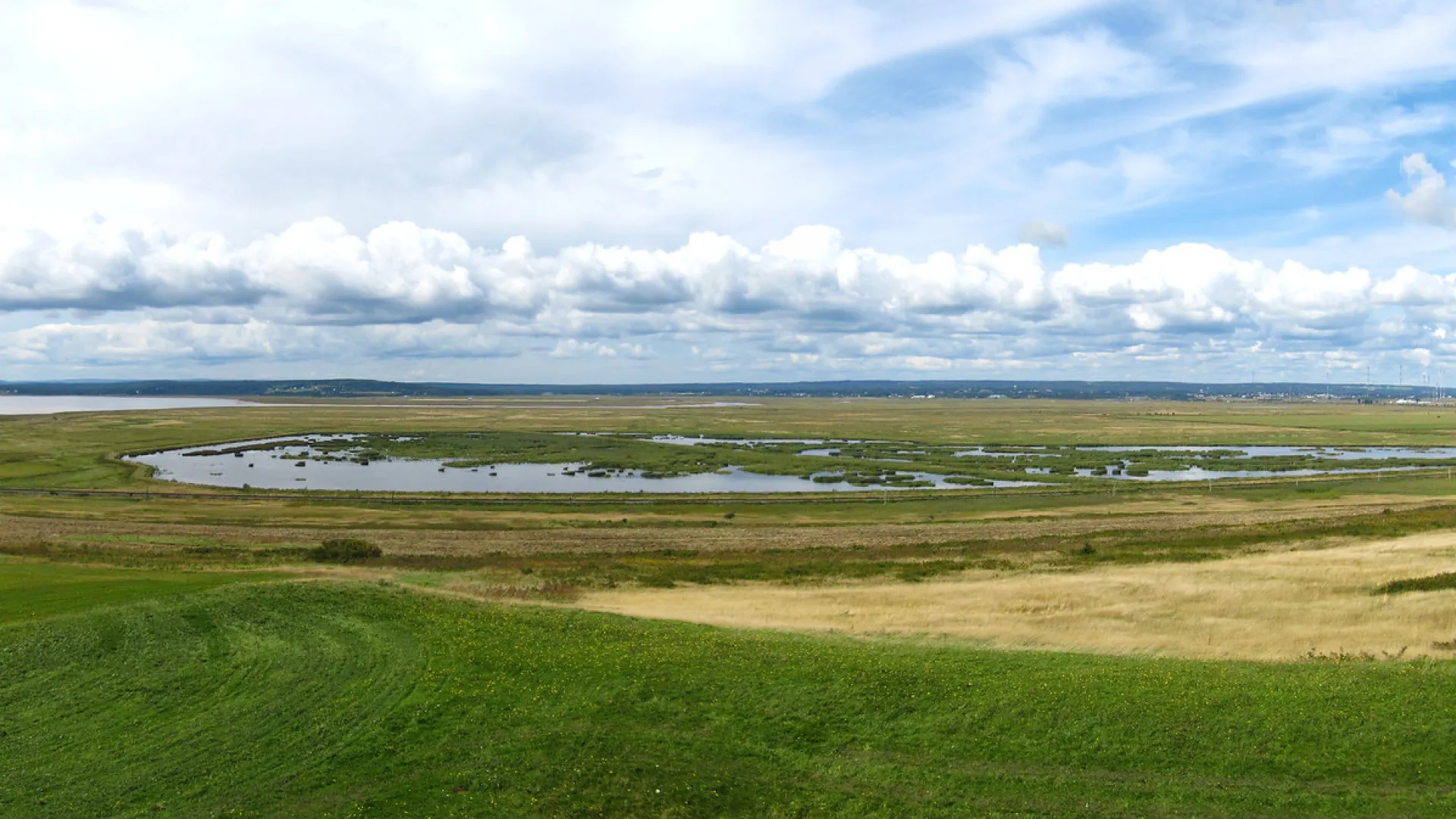On this page:
A tapestry of heritage and natural beauty
Nestled along the eastern shore of the Memramcook River, Dorchester is a village steeped in history and surrounded by the natural splendour of New Brunswick’s maritime landscape. Established in the early 19th century, Dorchester flourished as a hub for agriculture, shipbuilding, and lumbering, thanks to the fertile marshlands and abundant forests in the area.
Dorchester was once a bustling stop for stagecoach travellers, with its courthouse, shipyards, and docks fuelling a lively social scene in the village square, taverns, and hotels. Meanwhile, Anglican, Methodist, Baptist, Presbyterian, and Roman Catholic congregations fostered a spirit of tolerance and community, hosting events and activities that enriched Dorchester’s cultural and social life.
Today, visitors to Dorchester can immerse themselves in the village’s storied past by exploring its well-preserved historical sites. The Keillor House Museum offers a glimpse into 19th-century life, showcasing period architecture and artifacts. Nearby, the St. James Textile Museum highlights the region’s industrial heritage. For nature enthusiasts, the towering sculpture of “Shep,” the world’s largest semi-palmated sandpiper, celebrates the annual shorebird migration that graces the nearby Johnson’s Mills mudflats.

